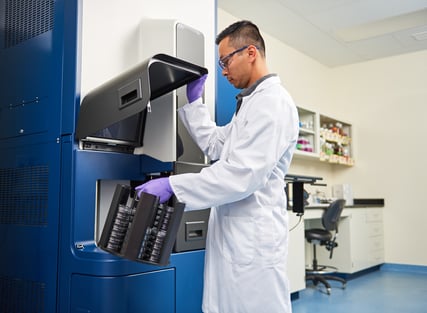blog
June 26, 2017 | Source: Admin User, Inc.
Overcoming barriers to adoption of rapid microbial testing
POSTED BY Admin User | 3 minute read
June 26, 2017 | Source: Admin User, Inc.
POSTED BY Admin User | 3 minute read
Rapid microbial testing can deliver tangible benefits throughout pharmaceutical manufacturing. However, overcoming barriers is essential for manufacturers to adopt rapid testing versus traditional culture testing.
Proving equivalency and preserving samples
One barrier is the need to demonstrate that results are equivalent to those using the compendial culture method. Some technologies do not deliver equivalent results, many lack the sensitivity of the culture method, and many do not uniformly detect all types of microbes or detect microbes in all types of samples.
Certain rapid microbial testing methods currently available also destroy the microbe or require recovery techniques that are not robust and reproducible. When a test is positive, manufacturers are expected to identify the organism present in the sample as the first step in their root cause analysis to establish corrective action. To ensure the contaminating microbe is available to identify, manufacturers have stayed with the culture testing method.
Maximizing efficiency and flexibility
At Rapid Micro Biosystems, we conducted research with customers to identify these and other issues hampering the adoption of rapid methods. The research led to the conclusion that rapid technology achieving the following criteria could overcome obstacles and replace the traditional culture method:
Replacing traditional methods
The Growth Direct™ System from Rapid Micro Biosystems achieves these criteria, eliminating the need for manufacturers to continue to use traditional, time-consuming, and inefficient culture testing methods.
Learn more about all that ways that the Growth Direct System overcomes obstacles to adoption of rapid microbial testing.